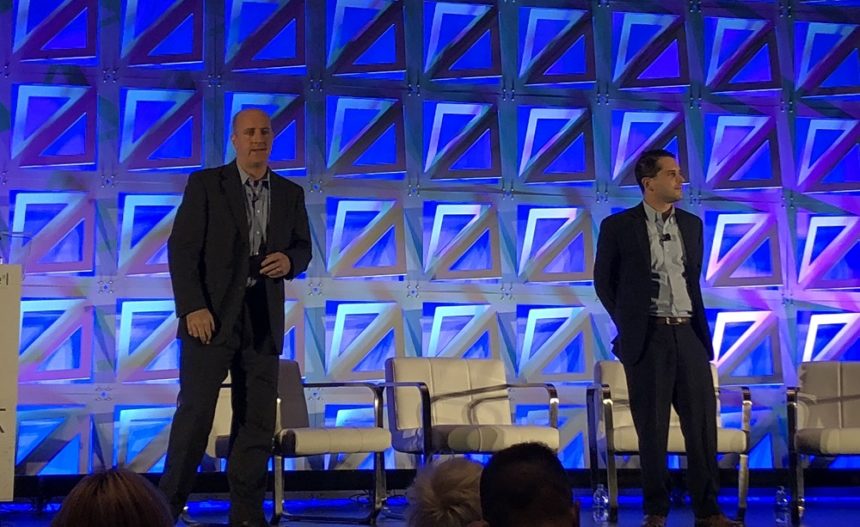The difficulty of recruiting volunteers for clinical trials gets a lot of attention these days. A lesser appreciated aspect of drug development, perhaps, is the burden on patients, especially how much is required to participate in research.
“[Clinical trials are] a commitment of time, of yourself, of travel, and of money,” said Matthew Snodgrass, digital marketing manager at Syneos Health. “People think, ‘Is [the drug] going to work? Am I going to get placebo?’ So you have to be more open and put more faith in the users. You’re asking a lot of them, so you need to be more transparent in what you’re asking from them.”
Indeed, when it comes to ads for clinical research, patients are looking for trusted sources, relatable images, and lots of information. That’s according to results of a study Syneos conducted that looked into the messages and tactics that work best when familiarizing patients with trials, particularly on social media.
The report found many of the traditional advertising rules often don’t apply for trial recruitment.
For instance, based on several recruitment ads shown to two different patient groups, they found that photos of doctors—even stock photos—performed well, despite many advertising creatives moving away from that type of photo. Images of a “suffering” patient got more clicks than a happy patient. And an ad that hewed to the adage of “keep it simple, stupid” drew fewer clicks than a longer, more informative ad for a clinical trial.
Before developing the test ads, Syneos polled epilepsy and migraine patients on Facebook, ranging from their level of trust in various sources and platforms, to barriers to participating in a trial, to the types of social media ads drawing the most clicks.
Among the two cohorts, they found that 63% were at least generally familiar with clinical trials for their disease. When it came to finding information about clinical trials, and information generally about their disease, these patients rated their doctors, medical websites, fellow patients, and clinical trial websites as the most trustworthy sources.
The survey also identified the top three barriers to participating in a trial:transportation issues, lack of payment, and fear of receiving a placebo.
“We focused on a particularly difficult kind of conversation and action,” said Michael Pearlman, digital patient engagement lead at Syneos. “We’re driving someone with a condition to a clinical trial website, then getting them to take steps to actively participating in a clinical trial.”







